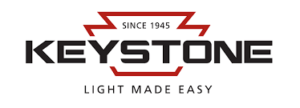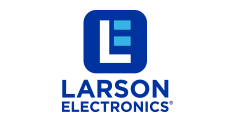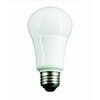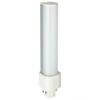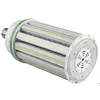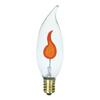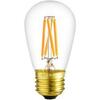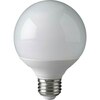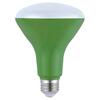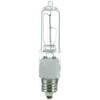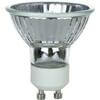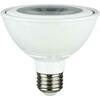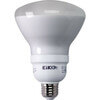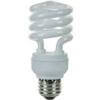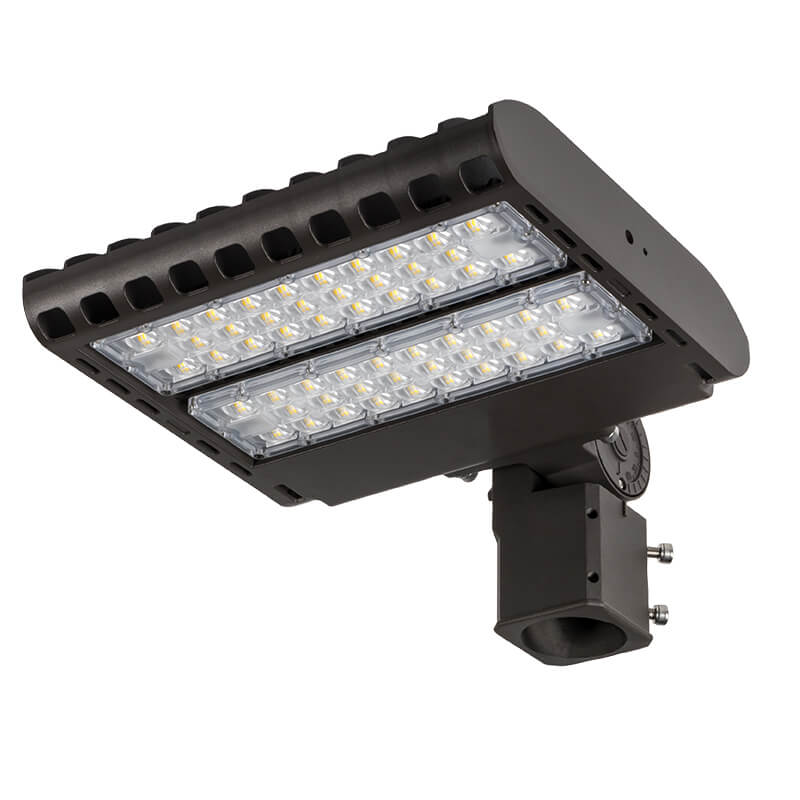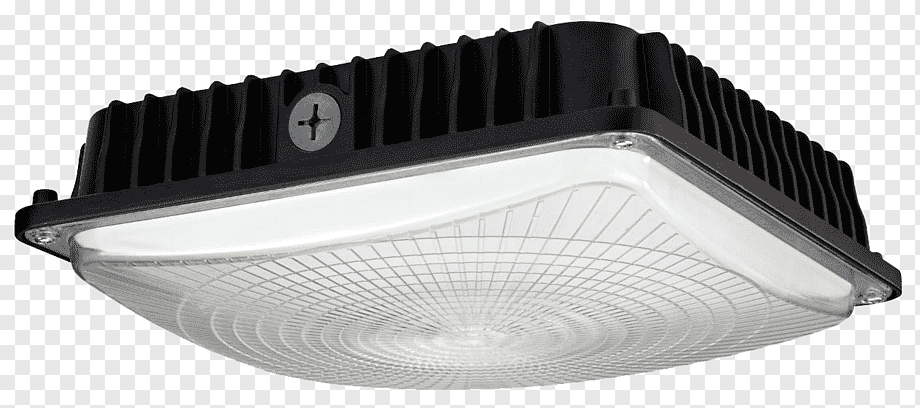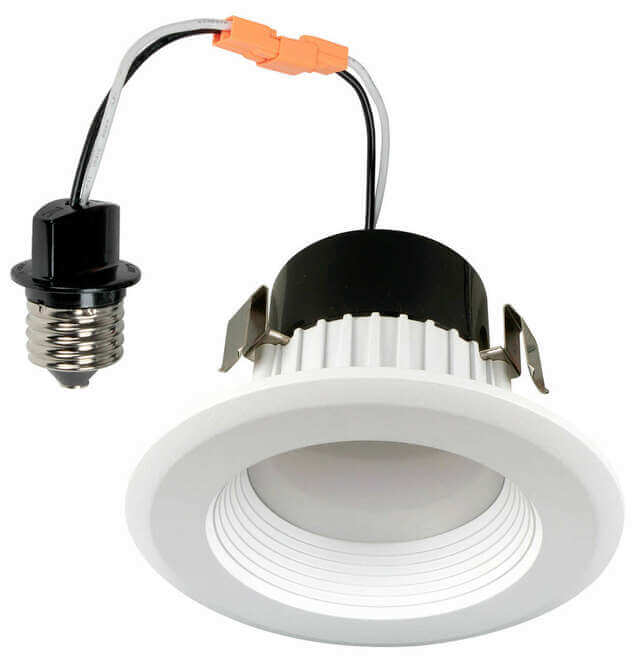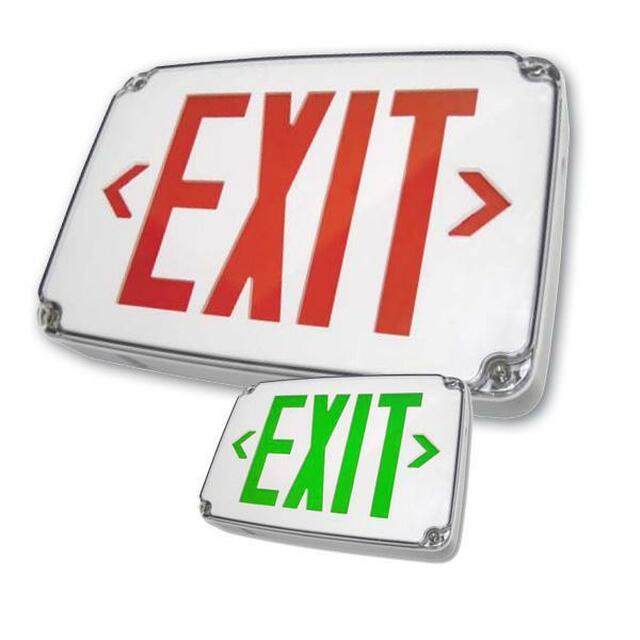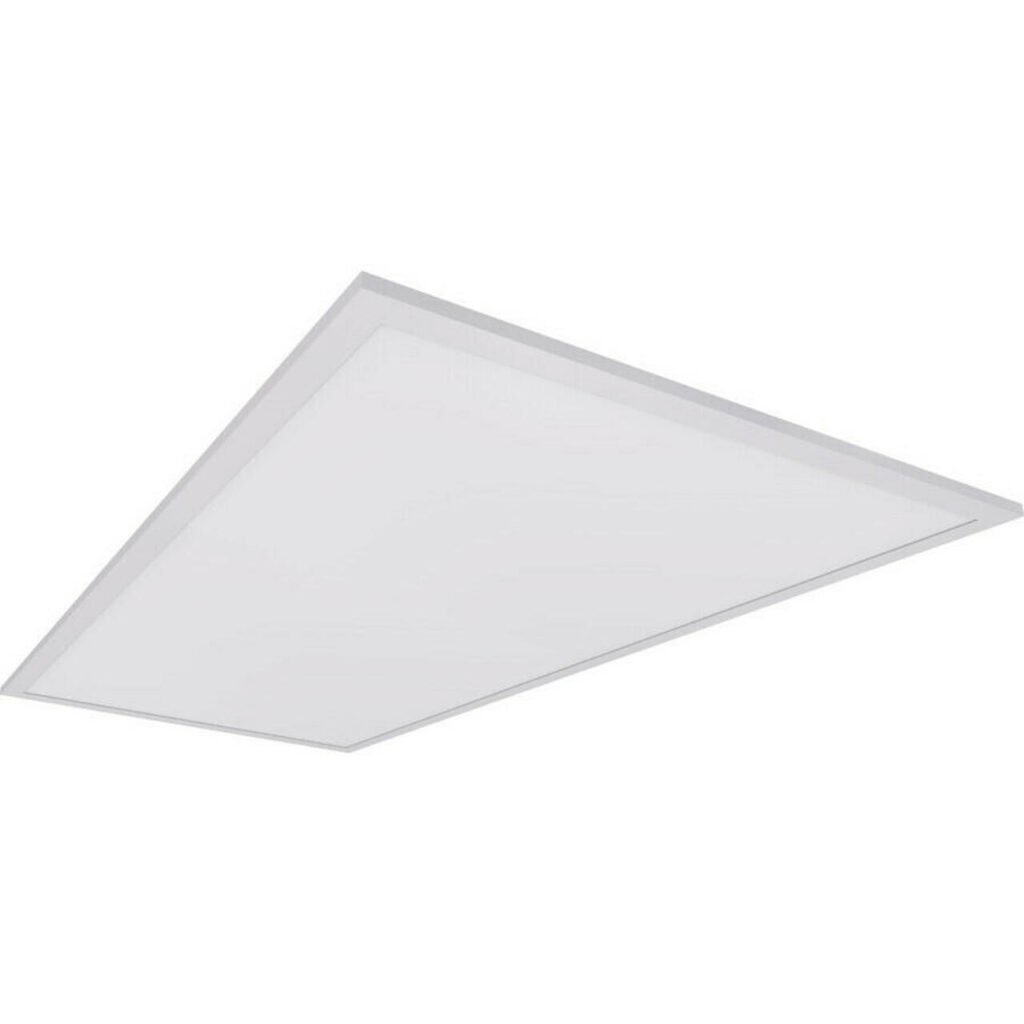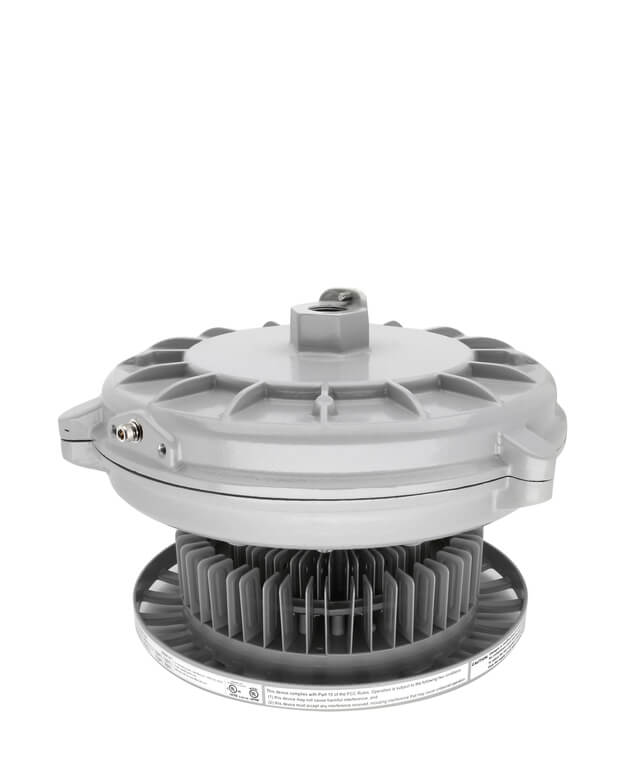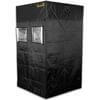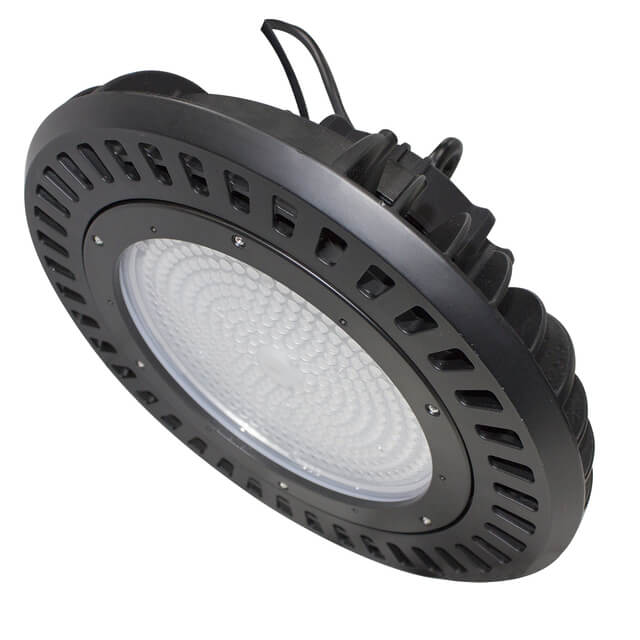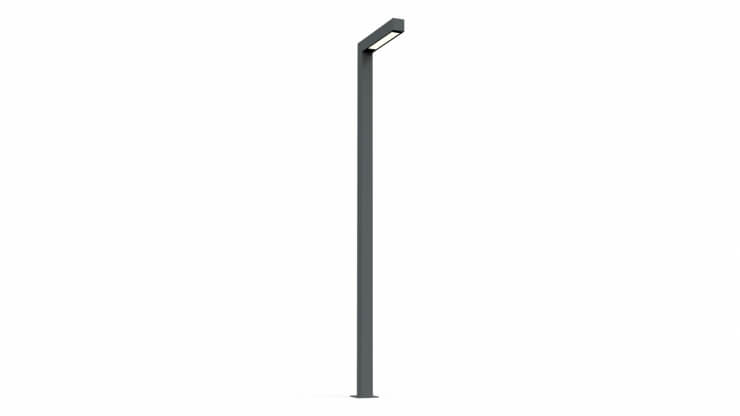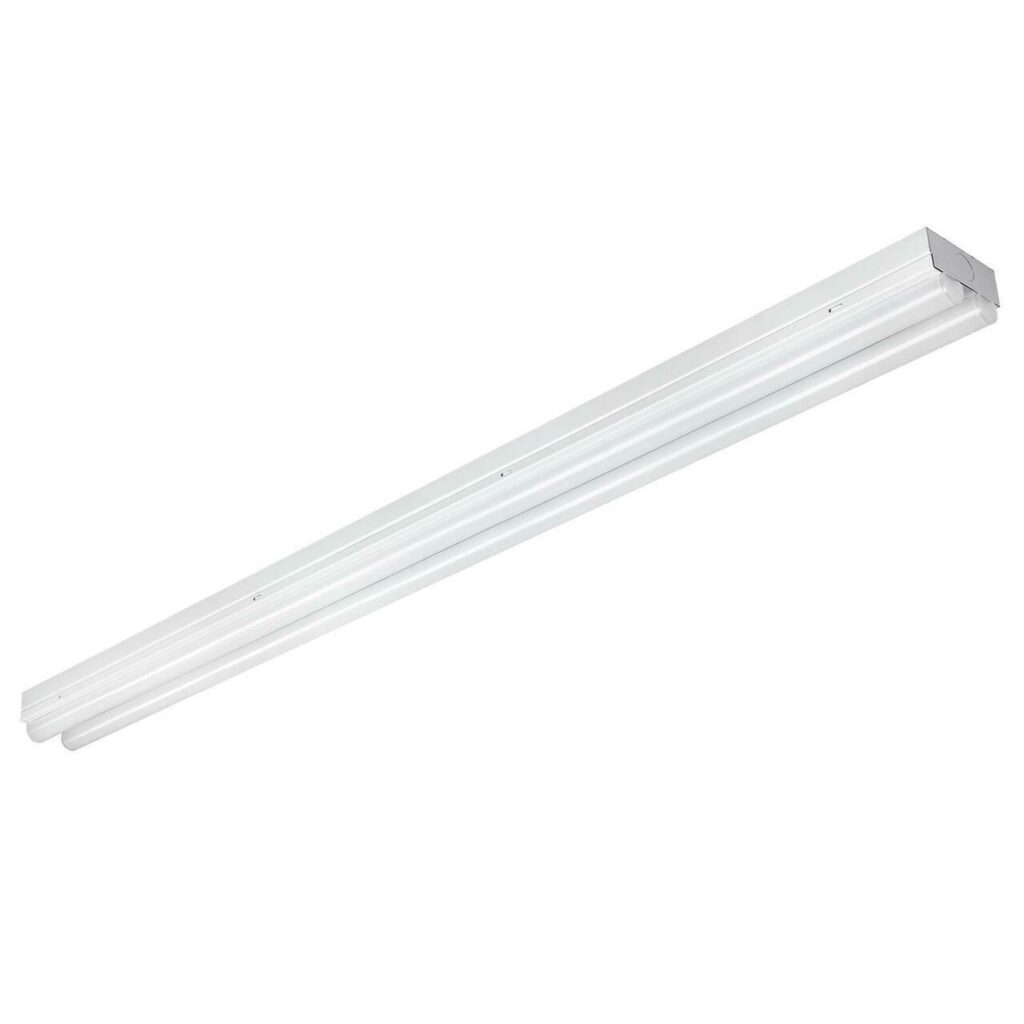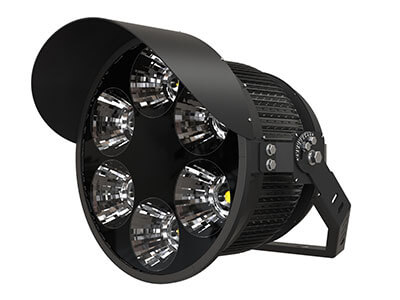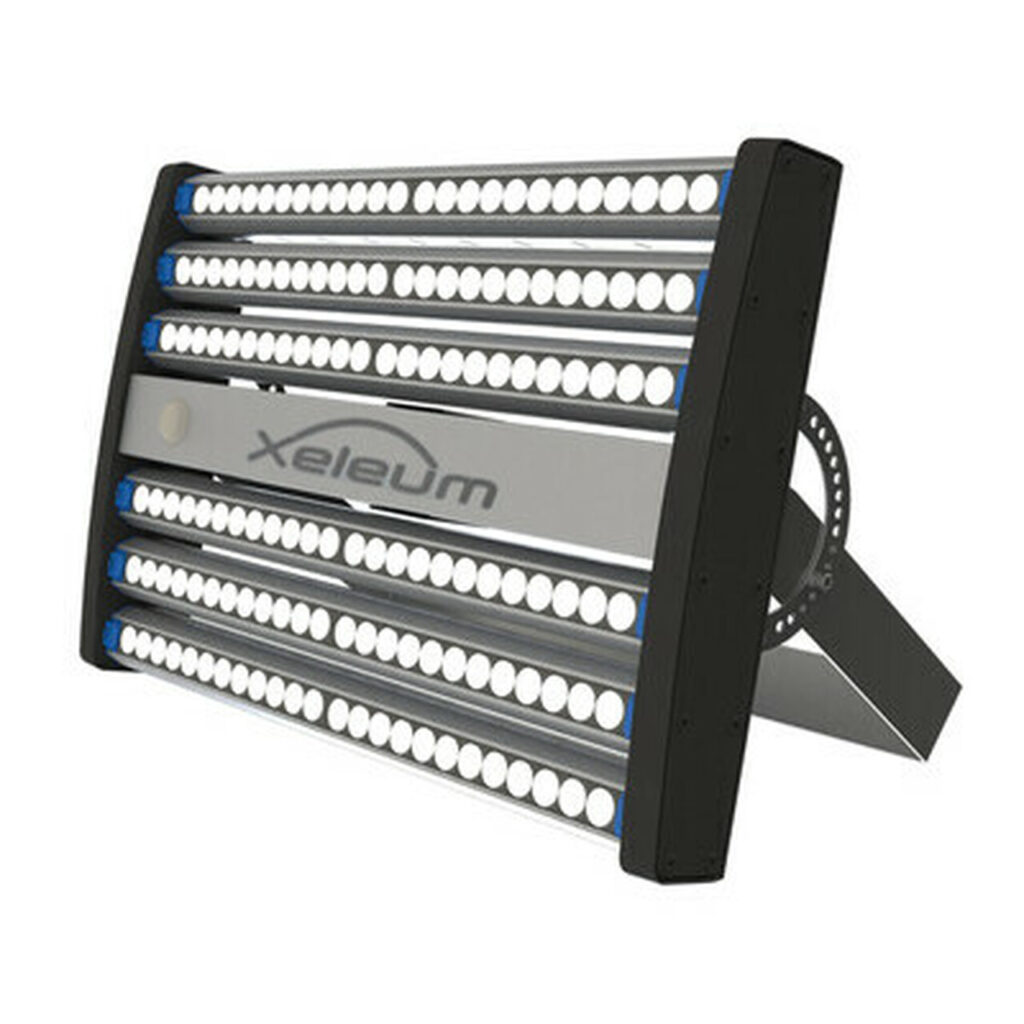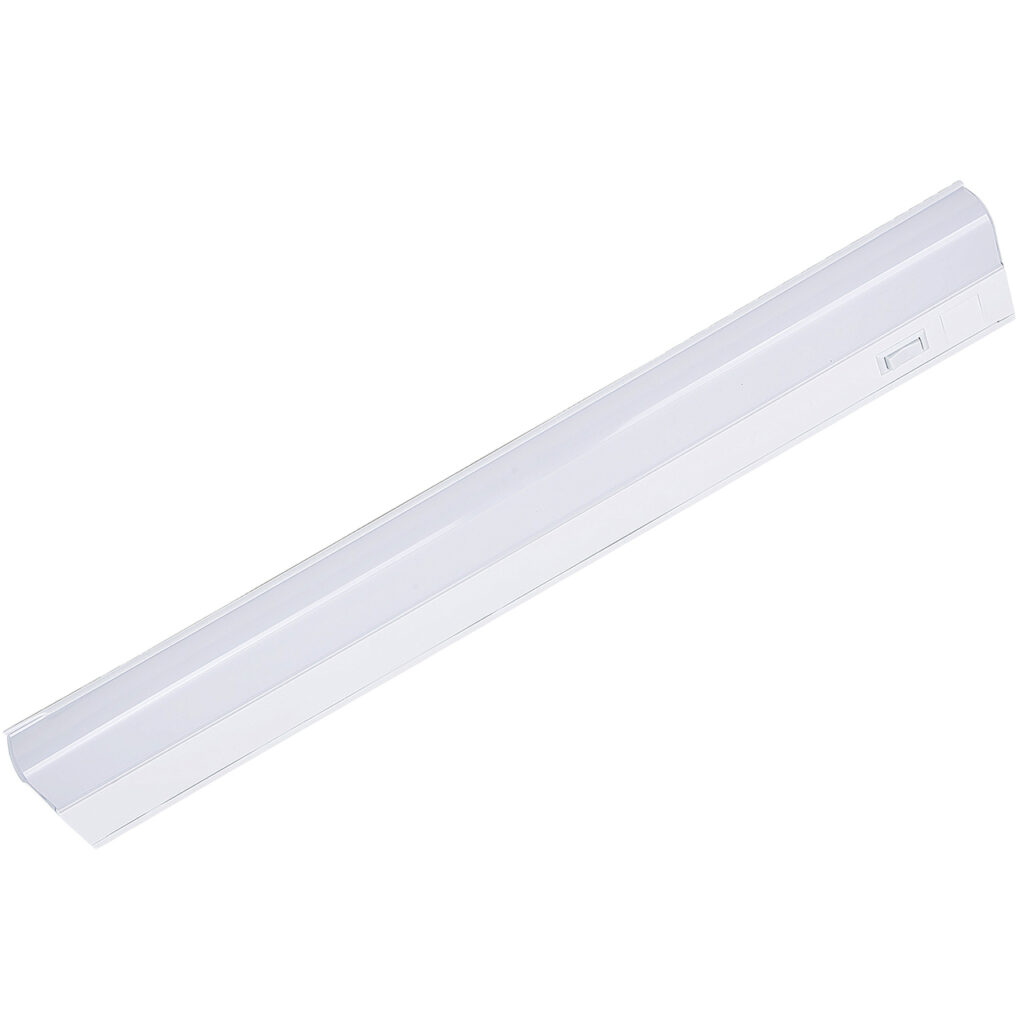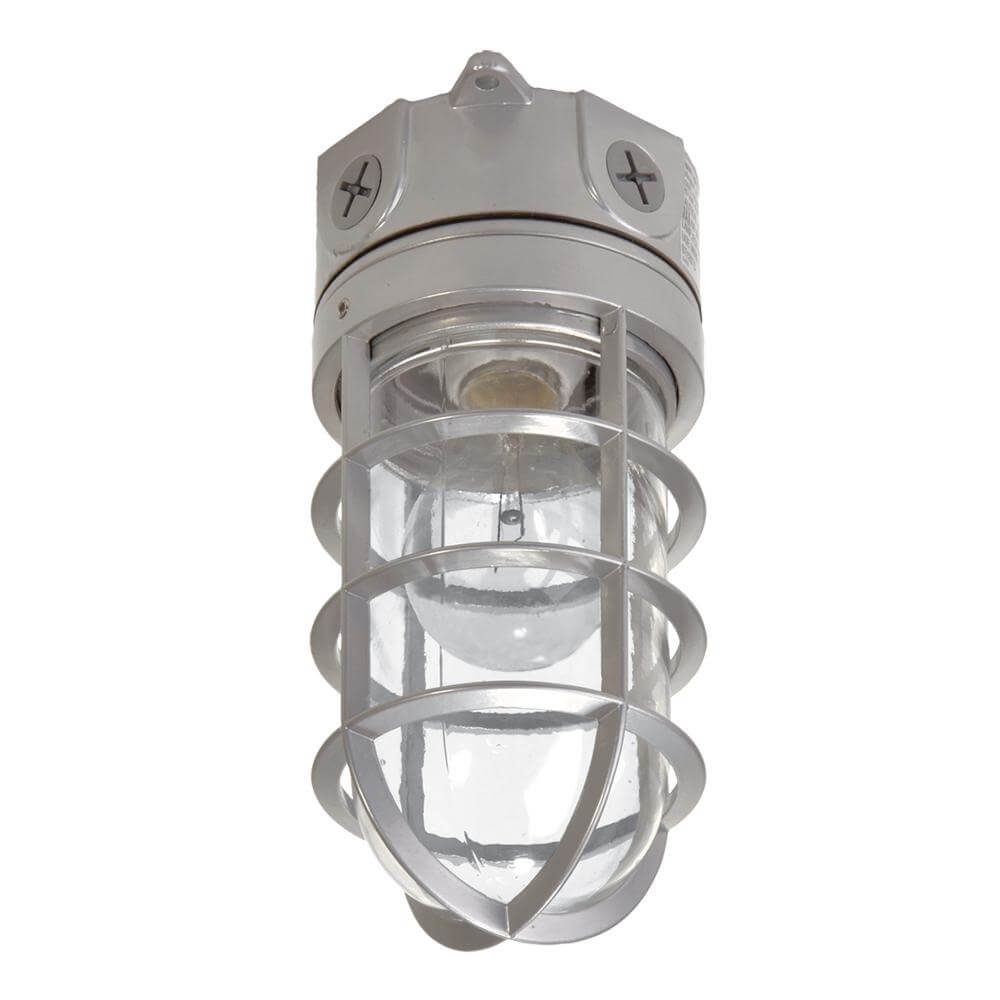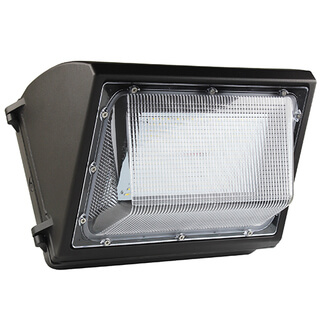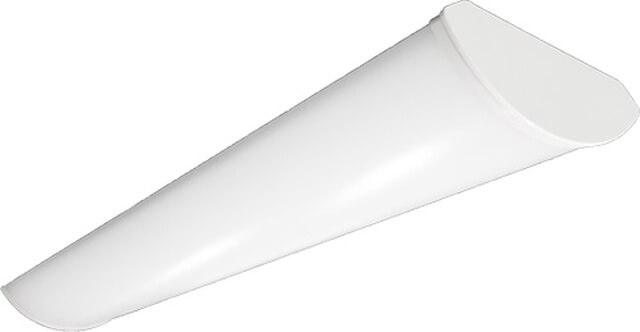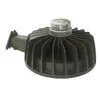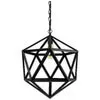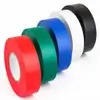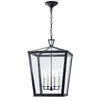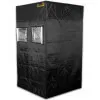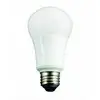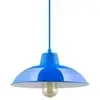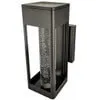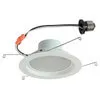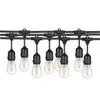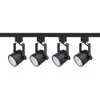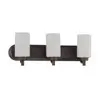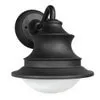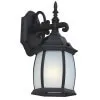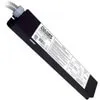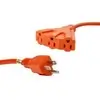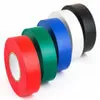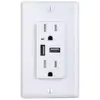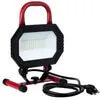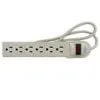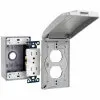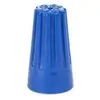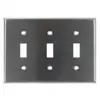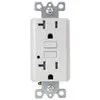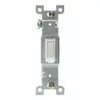Think about the places where great lighting truly matters—your backyard, a warehouse, a parking lot, or even the entrance to your home. These spaces need more than just light. They need visibility, security, and functionality. Flood lights are the solution that often doesn’t get the spotlight (pun intended). However, with so many options in the market, picking the right flood light is nothing short of a tall task.
If you are on the search for the best lights, don’t worry. We have created this guide to break it all down for you without the fluff or confusing jargon. Let’s discuss everything you need to know about flood lights, from understanding the basics to choosing, installing, and maintaining them.
What Makes a Flood Light, Well, a Flood Light?
Flood lights aren’t your average light fixtures. These are designed to cast a wide, intense beam of light over a large area, making them perfect for outdoor spaces, work zones, and even sports arenas. Their job is to brighten up those spaces where ordinary lights just don’t cut it.
Key features include:
- Wide Beam Spread: Covers larger areas than standard lighting.
- Powerful Brightness: High lumens output for maximum visibility.
- Durability: Built to withstand the elements—rain, wind, or snow.
Flood lights shouldn’t be just functional products to you. They can also update the look and safety of your property, especially outdoor flood lights that are designed to handle weather and environmental challenges.
Different Types of Flood Lights – Which One’s Right for You?
Here’s a quick breakdown of the popular types:
- LED Flood Lights: Energy-efficient, long-lasting, and super bright. Ideal if you’re looking to save on energy bills while still getting great performance.
- Halogen Flood Lights: Affordable with high-intensity output but less energy-efficient than LEDs.
- Solar Flood Lights: A sustainable option that uses sunlight for power—perfect for those wanting a greener lighting solution.
What’s the Diffference between LED vs Halogen?
Each type has its strengths and weaknesses, so it all boils down to your specific needs and priorities. For example, flood lights for outdoor use require robust weather resistance, while solar options suit eco-conscious users.
Remember, Flood Lights Are Not Just for Commercial Use
Flood lights aren’t just for large commercial spaces. Even in residential settings, they’re indispensable. Outdoor flood lights can change your backyard into a safe and usable space for evening gatherings or for your late-night work. Industrial facilities, on the other hand, rely on flood lights to enhance safety protocols.
For added functionality, solar flood lights are excellent in remote areas where traditional power sources may be unreliable. Similarly, LED flood lights provide the best balance between brightness and cost efficiency, ensuring long-term performance without racking up electricity bills.
How Do Flood Lights Actually Work?
Now that you know the types of flood lights available, let’s dig deeper into how they work and what technical details you need to pay attention to for optimal performance.
The Specs That Matter
Flood lights might seem straightforward, but their performance depends on a few key factors:
- Lumens: This is how you measure brightness. The higher the lumens, the brighter the light.
- Beam Angle: Determines how wide the light spreads. Wider angles cover more ground, while narrower ones are better for focused lighting.
- Color Temperature: Measured in Kelvin (K), this affects the “feel” of the light. Cool white (5000K) is great for security, while warm white (3000K) creates a cozy vibe.
Understanding these specs can save you from ending up with lights that are too dim or too harsh for your space.
The Installation Process – Easy or Complex?
Installing flood lights can be as simple or as technical as you want it to be. For smaller setups, you might only need a drill, a mounting bracket, and a power source. But for larger or more complex systems, like those in industrial settings, professional installation might be your best bet.
The key is proper placement. A flood light pointed too high or low won’t be as effective. Aim for a downward angle that illuminates the space without causing glare.
While installing flood lights might sound straightforward, some tips can make the process smoother:
- Map Your Area: Identify high-priority zones that need lighting, such as entry points, pathways, and open spaces.
- Choose the Right Height: Placing flood lights too high can create shadows while installing them too low can limit their reach.
- Secure Fixtures Properly: Ensure all bolts and mounts are tightly fixed to withstand weather conditions, especially for flood lights for outdoor use.
Proper installation doesn’t just improve performance—it prolongs the life of your flood lights.
Why Are Flood Lights So Important?
Understanding how flood lights operate is only half the story. Their real value lies in their potential impact on safety, energy savings, and even the overall appearance of your property.
For Safety and Security
Nothing deters unwanted visitors like a well-lit property. Outdoor flood lights are your first line of defense against intruders. Statistics show that properties with adequate lighting experience significantly fewer break-ins. Whether it’s a driveway or a warehouse, flood lights improve visibility and create a sense of safety.
For Energy Savings
Modern flood lights, especially LED options, use significantly less energy than older models. This means you get brighter, longer-lasting light while keeping your energy bills in check. If you’re thinking about long-term savings, LED flood lights are the way to go.
For Style and Functionality
Flood lights don’t just brighten spaces; they help with aesthetics too. You can use them to highlight architectural features, light up pathways, or create functional outdoor areas for nighttime use. They’re not just practical—they’re transformative. This is one of the understated benefits of flood lights: they’re as aesthetic as they are functional.
Choosing the Perfect Flood Light for Your Space
Once you understand their importance, the next step is to determine how to select the right flood lights to meet your specific needs and goals.
Start with Your Needs
What do you need your flood lights to do? Are you looking for security lighting, aesthetic enhancement, or something functional for workspaces?
For example:
- Security Lighting: Choose high-lumen LED or solar flood lights with motion sensors.
- Aesthetic Lighting: Go for warm-toned, adjustable fixtures to highlight landscaping or architecture.
- Functional Lighting: Opt for wide-angle flood lights with cool white tones for maximum visibility.
Key Features to Look For
Here’s what to prioritize when shopping:
- Weather Resistance: Check for an IP65 rating or higher to ensure your lights can handle outdoor conditions.
- Energy Efficiency: LEDs and solar options save money and last longer.
- Adjustability: Lights with adjustable heads let you customize the coverage area.
Make sure to think about your environment—cold, wet, or windy conditions will require durable fixtures.
Mistakes You’ll Want to Avoid
Even with the best flood lights, certain missteps during installation or planning can reduce their effectiveness. Here’s how to avoid the most common pitfalls.
Overdoing or Underdoing It
Too many flood lights can result in glare and wasted energy, while too few leave dark spots. Strike the right balance by mapping out your space and calculating the lumens needed.
Ignoring Local Lighting Rules
Many areas have regulations around flood lights for outdoor use to reduce light pollution. Be sure to check these rules before installation to avoid fines or complaints.
Keeping Your Flood Lights in Great Shape
Once your flood lights are installed, proper maintenance is key to ensuring they continue to perform efficiently and last for years to come.
Simple Maintenance Tips
- Clean Lenses Regularly: Dust and debris can reduce light output
- Inspect for Damage: Look for cracks, loose wires, or water intrusion
- Replace Bulbs as Needed: LEDs last longer, but even they eventually need replacing
Troubleshooting Common Problems
- Flickering Lights: Often caused by loose connections or voltage issues
- Lights Won’t Turn On: Check the power source or wiring for issues
If DIY fixes don’t work, call a professional to avoid making the problem worse.
Let’s Light Things Up the Right Way
Flood lights are an investment in safety, functionality, and aesthetics. From choosing the right type to proper installation and maintenance, every step matters in getting the most out of your lighting.
At Lighting and Supplies, we’re here to guide you every step of the way. Whether you need durable outdoor options, energy-efficient LEDs, or stylish solutions for your home, we’ve got you covered.
We invite you to browse our collection of high-quality flood lights or chat with one of our experts to find the perfect match for your space. Brighten your space smartly. Shop with us today!




